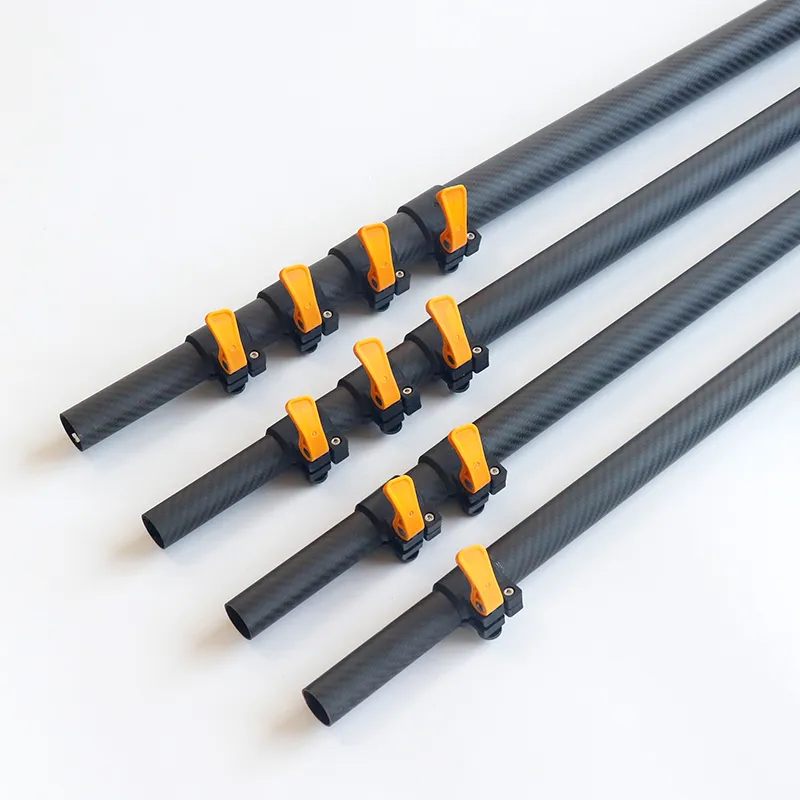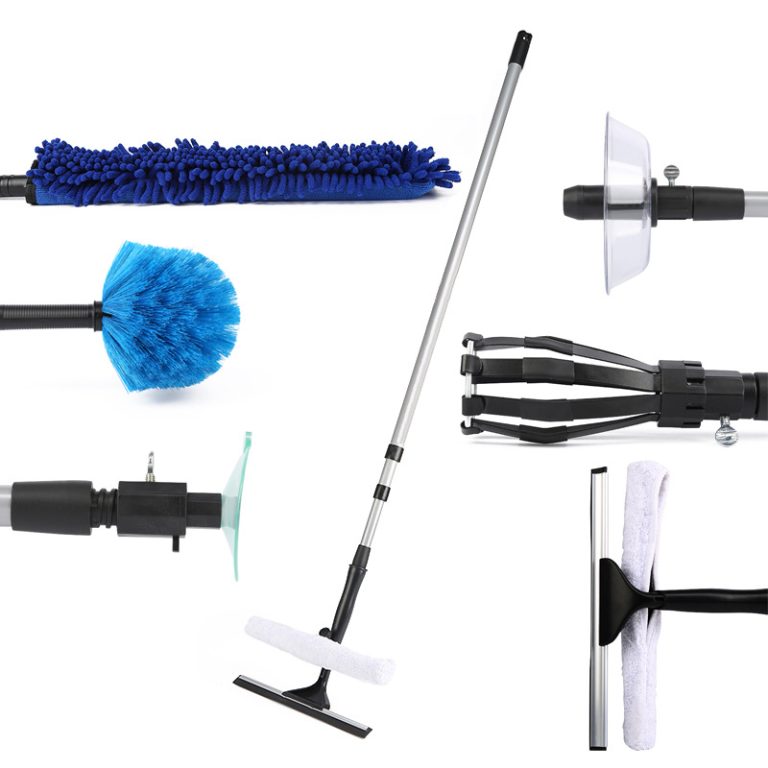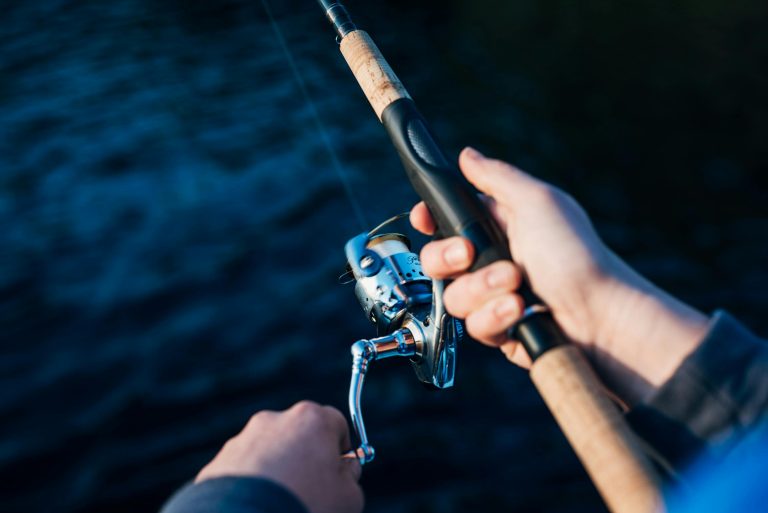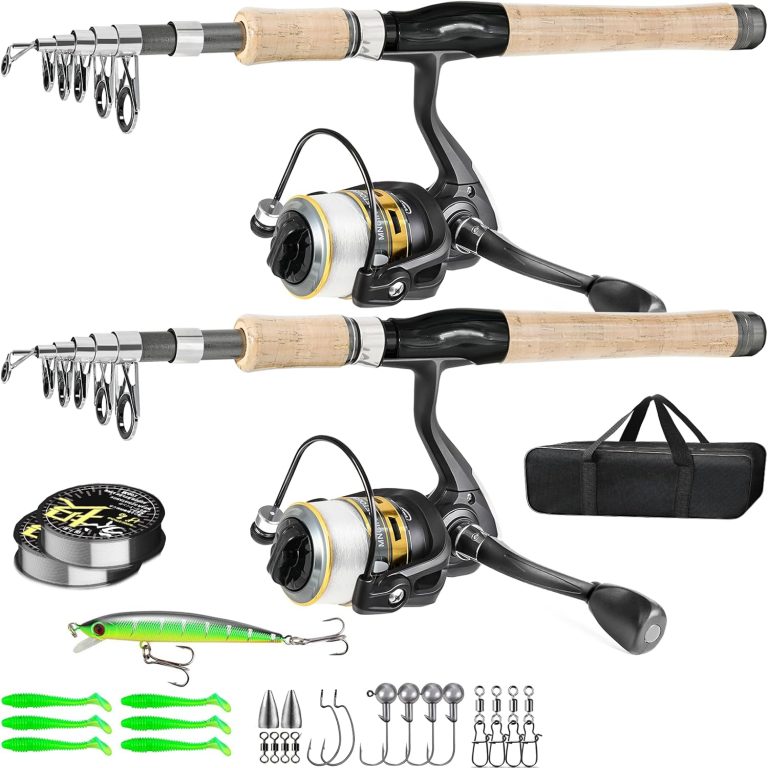How to properly maintain a telescopic pole to ensure its durability and safety?
A telescopic pole is a versatile and useful tool, whether you’re using it for cleaning, photography, or other tasks. To keep it in top – notch condition, ensuring both its durability and your safety during use, proper maintenance is key. Here are some essential tips on how to maintain your telescopic pole effectively.
1. Regular Cleaning
After Each Use
After every use, it’s important to clean the telescopic pole to remove dirt, debris, and any substances that may have come into contact with it. If you’ve used it for cleaning, there could be dust, grime, or cleaning solutions left on the surface. For a pole used in photography, it might have picked up moisture, pollen, or small particles from the environment.
Use a clean, damp cloth to wipe down the entire length of the pole. Pay special attention to the joints and the areas where attachments were connected. These areas can accumulate more dirt and may affect the smooth operation of the pole if not cleaned properly. For stubborn dirt, you can use a mild detergent mixed with water. However, make sure to rinse the pole thoroughly afterward to remove any soap residue, as it could attract more dirt over time.
Deep Cleaning Periodically
In addition to a post – use wipe – down, perform a deep cleaning on a regular basis, perhaps once every few months depending on how frequently you use the pole. Disassemble the pole if possible (check the manufacturer’s instructions first). This allows you to clean the inner sections as well. Use a soft – bristle brush to gently scrub away any dirt or buildup that may have accumulated inside the telescopic sections. This not only keeps the pole clean but also helps in maintaining its smooth extension and retraction.
2. Inspection for Damage
Visual Checks
Before and after each use, conduct a visual inspection of the telescopic pole. Look for any signs of cracks, dents, or bends. Cracks can weaken the pole and may lead to a sudden break during use, which is extremely dangerous. Even a small crack should be taken seriously. Dents can also affect the alignment of the telescopic sections, making it difficult to extend or retract the pole smoothly. Bends can change the balance of the pole, making it harder to control.
Examine the joints and locking mechanisms closely. Make sure the joints are tight and there is no excessive play. Loose joints can cause the pole to wobble, which not only affects the performance but also increases the risk of the pole collapsing. Check that the locking mechanisms engage and disengage properly. If a locking mechanism fails, the extended pole could suddenly retract, potentially causing injury.
Testing the Functionality
Along with the visual inspection, test the functionality of the pole. Extend and retract the pole fully to ensure that the process is smooth. If you notice any resistance, sticking, or unusual noises, it could be a sign of a problem. For example, a clicking or grinding sound during extension or retraction may indicate that there is debris inside the pole or that a component is damaged. In such cases, stop using the pole immediately and investigate the issue further.
3. Storage
Proper Storage Location
Store your telescopic pole in a dry, cool place. Moisture can cause rusting, especially if the pole is made of metal. If you live in a humid area, consider using a dehumidifier in the storage area or storing the pole in a sealed plastic bag with a desiccant pack. Avoid storing the pole in direct sunlight, as prolonged exposure to UV rays can cause the materials, especially plastics, to degrade over time.
Choose a storage location where the pole will not be knocked over or damaged. If possible, store it vertically on a wall – mounted rack or in a corner where it is less likely to be bumped. Laying the pole flat on the floor can make it more prone to being stepped on or having heavy objects dropped on it.
Collapsing and Securing
When storing the telescopic pole, collapse it to its shortest length, if applicable. This reduces the risk of damage to the extended sections. Some poles have a locking mechanism for storage; make sure to engage this mechanism to keep the pole in its collapsed state. If your pole doesn’t have a dedicated storage lock, you can use a cable tie or a bungee cord to secure the collapsed sections together gently. This helps prevent the sections from accidentally extending and potentially getting damaged.
4. Lubrication
Using the Right Lubricant
For telescopic poles with moving parts, such as joints and extension mechanisms, lubrication is essential. Use a lubricant that is recommended by the manufacturer. In most cases, a light – weight, silicone – based lubricant works well for reducing friction and ensuring smooth operation. Avoid using oil – based lubricants, as they can attract dust and dirt, which can actually cause more problems in the long run.
Application Method
Apply the lubricant sparingly to the joints and the areas where the sections slide against each other. You can use a small brush or a spray – on lubricant with a narrow nozzle for precise application. After applying the lubricant, extend and retract the pole a few times to distribute the lubricant evenly. This helps in reducing wear and tear on the moving parts, thereby increasing the lifespan of the pole.
5. Replacement of Worn – out Parts
Identifying Worn – out Parts
Over time, certain parts of the telescopic pole may wear out. The joints, locking mechanisms, and the tips (if applicable) are common areas that may need replacement. Look for signs of excessive wear, such as loose fittings, difficulty in locking, or damage to the tips. If the pole has an attachment point for accessories, check for any signs of wear or deformation in the connection area.
Finding and Installing Replacement Parts
Contact the manufacturer or an authorized dealer to obtain replacement parts. Make sure to provide the model number and details of the pole to ensure you get the correct parts. Installing replacement parts correctly is crucial. Follow the manufacturer’s instructions carefully. If you’re unsure about the installation process, consider seeking professional help. Using worn – out or damaged parts can compromise the durability and safety of the telescopic pole.
By following these maintenance steps, you can ensure that your telescopic pole remains in good condition, providing you with reliable service and ensuring your safety during use for years to come.



